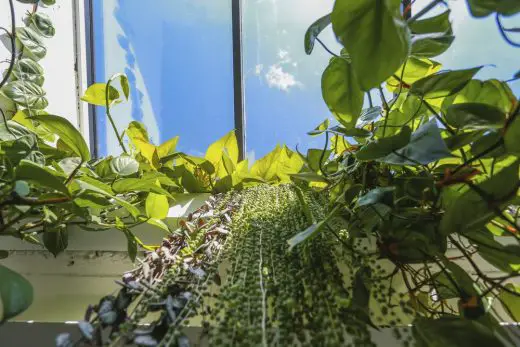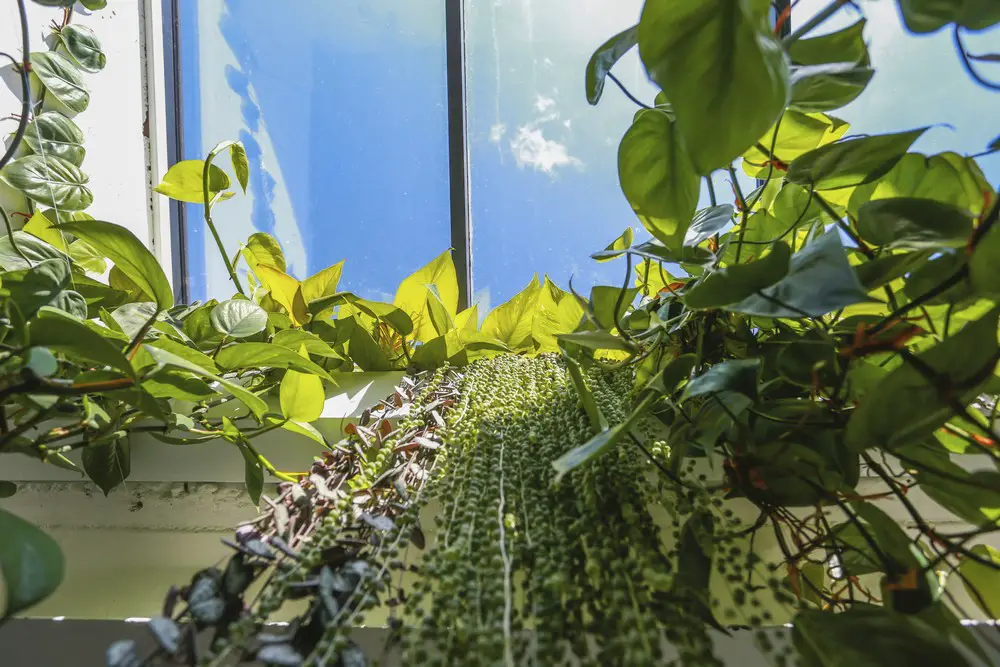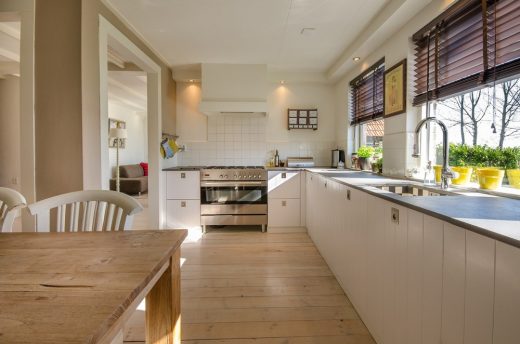Six steps to designing a sustainable home guide, Eco House Design Advice, Green Building Tips
Six Steps to Designing a Sustainable Home Tips
15 June 2020
As the world faces ever-increasing climate challenges and fears, sustainability is now one of the main considerations for each new construction project – as architects and builders alike ask themselves, am I contributing to the problem?

photograph Courtesy of Hugh Hastings
Six Steps to Designing a Sustainable Home – Architecture
Fortunately, with advancements in both design and technology, it’s now easier than ever to bring a sustainable home to fruition. From off-grid eco-dwellings and repurposed shipping containers, to simple energy efficient upgrades and contemporary renovations, sustainable practices can be incorporated into projects of every size and scope.
But how do you approach a new design with a sustainable ethos? Märraum, a leading architectural practice based in Cornwall, have outlined six easy steps to follow. These recommendations act as a blueprint for eco-friendly design, helping you maintain a sustainable mindset as you bring your next project’s vision to life. From beginning, to middle and end, follow these steps for your sustainable design solutions:
Step one: consider your surrounding environment
One of the biggest, but often forgotten, factors in sustainable architecture is visual pollution. Too often, the desire to achieve energy-efficiency and smart home measures overlooks one of the most striking aspects of environmental design – whether the resulting property seamless integrates aesthetically and respects the heritage of its surrounding environment. This may include taking inspiration from the local vernacular and designing architecture that has minimal impact and is a continuation of its surroundings.
Step two: respect the limitations of your building’s capabilities
Design changes can’t be made if they compromise the structural integrity of your building or, in the case of listed buildings, destroy the building’s unique characteristics. Some features, like a green roof, require a structurally sound roof capable of bearing heavy loads, whilst some renewable energy sources, like a rainwater harvesting system, may require extensive work to install. Take the time to understand the unique challenges and restrictions of the space you have before putting pen to paper in your design.
Step three: create, and incorporate, green spaces
One of the most valuable sustainable factors you can bring to a space is the creation, and expansion, of authentic green spaces. Green spaces breathe cleaner higher-quality air, promote mental wellbeing and nurture a rich ecosystem of wildlife. Build lush habitats both outside and inside your property, utilising greenery – and even turning it into a stand-out focal feature, such as a moss wall or indoor botanical garden. Plan out your green spaces, and how you plan to maximise them, in advance before moving on to the interior architecture design features of your building.
Step four: reducing energy consumption
Reducing energy consumption is a key area where you can make sustainable improvements to your design. Insulation, windows and doors will not only lower your heating bills, but they’ll also increase your comfort.
For the remaining energy that’s powering your household, think about you can ‘green’ your sources. Solar panels, wind power and water harvesting are just a few of the ways you can harness energy and reduce consumption – even if it’s just a partial system. Some renewable energy sources require an infrastructure, making it an important practical consideration before you get into the intricacies of the rest of your design.
Step five: use eco-friendly (and ethically-sourced) materials
Make a conscious choice to use eco-friendly materials that won’t impact the environment. If you can utilise recycled materials then this also reduces the burden of waste production.
Look for materials that have a high regeneration rate (such as bamboo), recycled plastics or reclaimed wood and metal and make sure that they have been sourced from a trusted supplier. Taking the time to make well-thought material choices will help ensure you produce sustainable design solutions that won’t harm the planet.
Step six: make conscious design choices
Design and planning are key. Evaluating what it is you actually need – if you are renovating on exiting property do you need an extension or can the existing be reconfigured to suit your needs? This is obviously much cheaper and sustainable than building new. If it is a new build – how much space do you actually need?
The smaller the house the more efficient. Looking at the fabric of the building first and spending money in this area to make sure the materials, insulation etc are the best you can afford will make for a much more sustainable build – the finishes can come in time. When you approach you design remember that it’s important your final product balances both people and planet – creating a beautiful space that can be enjoyed responsibly for years to come.
Comments on this Six Steps to Designing a Sustainable Home article are welcome.
Sustainable Architecture
Sustainable Architecture Climate Change
Residential Property Articles
Contemporary Property Articles – architectural selection below:
Comments / photos for the Six Steps to Designing a Sustainable Home page welcome






